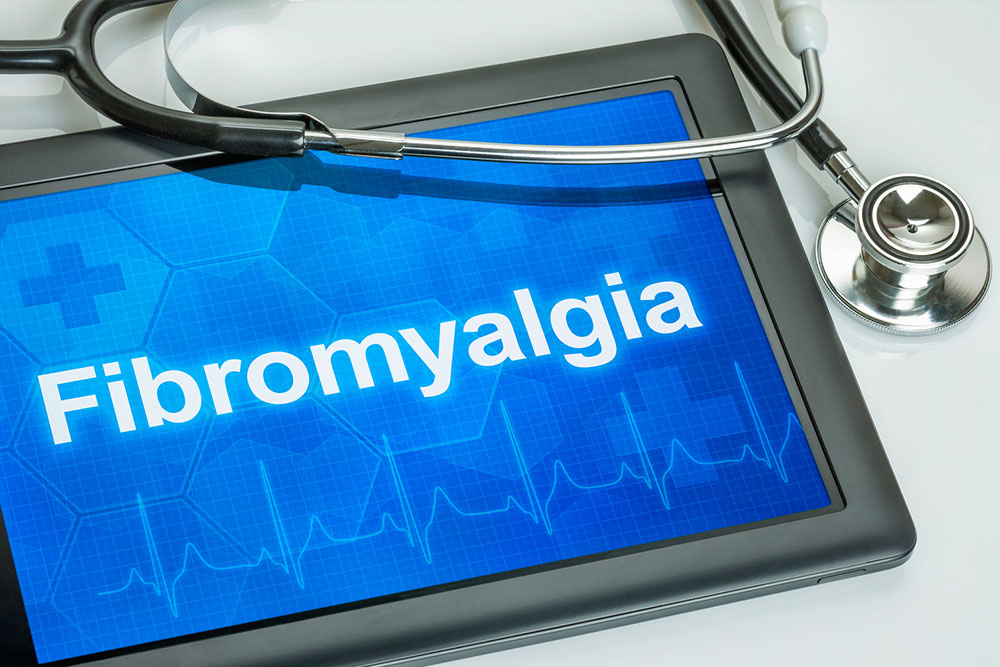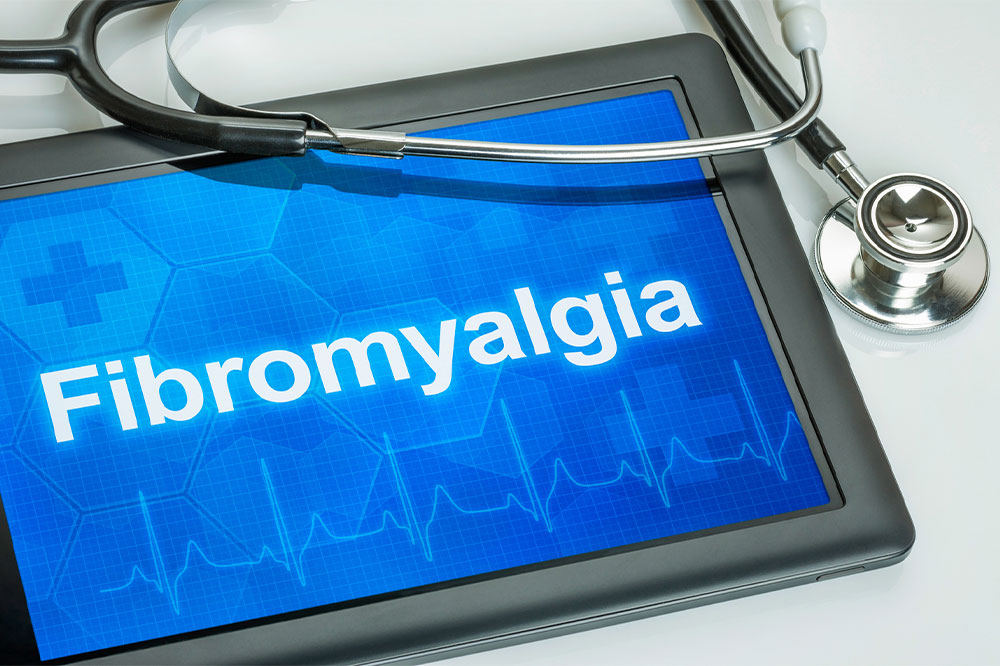Comprehensive Guide to Identifying and Managing Fibromyalgia Tender Points
This comprehensive guide dives deep into fibromyalgia tender points, their significance in diagnosis, and holistic management strategies. It highlights the importance of early recognition of symptoms like localized tenderness, chronic fatigue, and cognitive issues. Understanding these critical areas can improve diagnosis accuracy, personalize treatment plans, and ultimately enhance quality of life for those affected. The article emphasizes the roles of lifestyle changes, medications, and mental health support, offering a detailed resource for patients and healthcare providers seeking effective fibromyalgia management.

An In-Depth Look at Fibromyalgia Tender Points and Management Strategies
Fibromyalgia is one of the most common and complex musculoskeletal disorders, dominating as a primary concern for millions of individuals worldwide. Its hallmark features include persistent muscle pain, deep fatigue, and a range of other symptoms that can significantly impair daily functioning. Despite its prevalence, diagnosing fibromyalgia remains challenging because its symptoms are often vague, overlapping with other conditions, and there are no definitive laboratory tests for confirmation. This makes understanding its key features, especially tender points, vital for early detection and effective management.
What Are Fibromyalgia Tender Points?
Fibromyalgia tender points are specific areas on the body that are extraordinarily sensitive to pressure in patients with the condition. Although they're sometimes mistaken for trigger points, they are distinct in their terminology and clinical significance. Tender points are sites where even light palpation causes noticeable discomfort or pain, serving as crucial markers in diagnosing fibromyalgia.
Trigger points, in contrast, tend to cause radiating pain upon pressure, impacting other areas of the body beyond the immediate spot. Many individuals with fibromyalgia report having both tender points and trigger points, which complicates symptom interpretation. Recognizing these tender points early can be instrumental in diagnosing the disease. The common sites include the chest, back of the head, elbows, knees, hips, and shoulders, where tenderness often manifests.
Understanding the specifics of tender point locations and symptoms is crucial for clinicians and patients alike. These areas tend to be consistently painful when pressed, revealing a pattern that helps differentiate fibromyalgia from other rheumatic or musculoskeletal disorders. It's important to note that the severity of tenderness may fluctuate over time, with pain sometimes intensifying or easing, making ongoing assessment necessary.
Additionally, fibromyalgia symptoms are often mistaken for other conditions such as polymyalgia rheumatica, lupus, rheumatoid arthritis, or Lyme disease. These disorders may share similar symptoms, but they generally involve more localized or less widespread pain, emphasizing the importance of accurate diagnosis based on symptom patterns and tender point assessment.
Historically, the American College of Rheumatology (ACR) set forth criteria requiring patients to have pain in at least 11 of 18 specified tender points. However, recent guidelines have evolved, focusing on widespread pain accompanied by other symptoms like fatigue and cognitive disturbances, rather than just tender point counts. Recognizing these nuances enables healthcare providers to diagnose fibromyalgia more accurately and early, thus facilitating better management options.
Other Common Symptoms Associated with Fibromyalgia
Beyond localized tenderness, fibromyalgia is characterized by a range of systemic symptoms. Persistent fatigue, often unrelieved by rest, is a hallmark symptom that greatly affects patients' quality of life. Cognitive issues, colloquially known as 'fibro fog,' impair concentration, memory, and mental clarity, complicating daily activities.
Psychological symptoms such as anxiety and depression are also frequently observed, possibly stemming from chronic pain and its impact on mental health. Patients might experience mood swings, irritability, or feelings of hopelessness, underscoring the necessity for comprehensive treatment approaches that address both physical and emotional well-being.
Because symptoms are subjective and overlap with various conditions, diagnosis requires careful clinical evaluation, thorough medical history, and patient-reported symptoms. Laboratory tests are generally unremarkable, which underscores the importance of recognizing clinical signs, particularly tender points, and associated symptoms for accurate diagnosis.
Fibromyalgia primarily affects women, especially those in their twenties and thirties, although it can occur at any age. Importantly, while it’s not life-threatening, the pervasive pain and fatigue can severely impair daily living and personal relationships. Managing this condition involves a multi-modal approach, including medications such as pain relievers, antidepressants, and anti-seizure drugs, along with lifestyle modifications.
Regular aerobic exercise—aiming for at least 150 minutes weekly—has been shown to reduce symptoms and improve overall quality of life. Stress management techniques, healthy diet, adequate sleep, and physical therapy are also integral parts of a comprehensive treatment plan. Early consultation with healthcare professionals upon noticing symptoms can lead to better disease control, minimizing long-term disability.
Overall, awareness and education about fibromyalgia and its tender points are essential. Proper diagnosis and tailored treatment strategies can significantly enhance patient outcomes. As research progresses, understanding the nuances of this complex disorder continues to evolve, offering hope for more effective interventions in the future.





